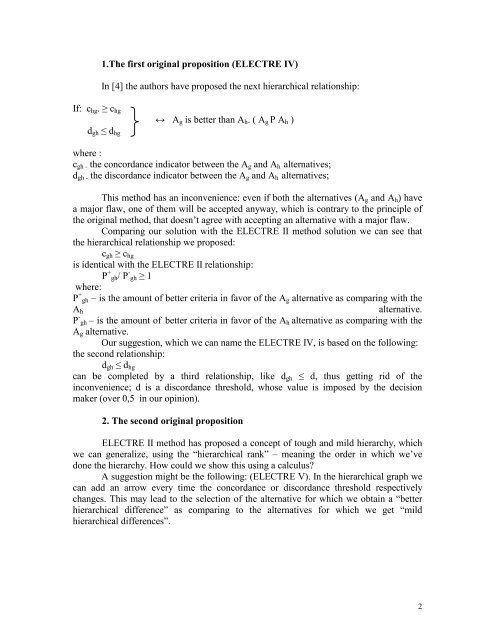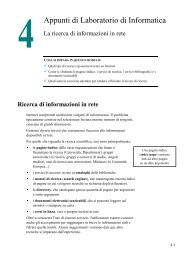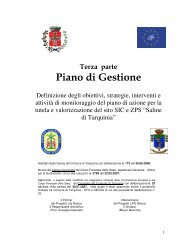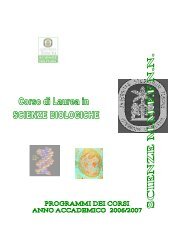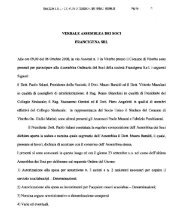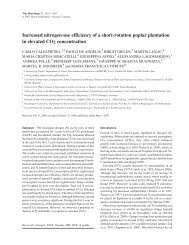some particular aspects concerning electre method applications
some particular aspects concerning electre method applications
some particular aspects concerning electre method applications
You also want an ePaper? Increase the reach of your titles
YUMPU automatically turns print PDFs into web optimized ePapers that Google loves.
1.The first original proposition (ELECTRE IV)<br />
In [4] the authors have proposed the next hierarchical relationship:<br />
If: c hg . ≥ c hg<br />
d gh ≤ d hg<br />
↔ A g is better than A h . ( A g P A h )<br />
where :<br />
c gh - the concordance indicator between the A g and A h alternatives;<br />
d gh - the discordance indicator between the A g and A h alternatives;<br />
This <strong>method</strong> has an inconvenience: even if both the alternatives (A g and A h ) have<br />
a major flaw, one of them will be accepted anyway, which is contrary to the principle of<br />
the original <strong>method</strong>, that doesn’t agree with accepting an alternative with a major flaw.<br />
Comparing our solution with the ELECTRE II <strong>method</strong> solution we can see that<br />
the hierarchical relationship we proposed:<br />
c gh ≥ c hg<br />
is identical with the ELECTRE II relationship:<br />
P + gh/ P - gh ≥ 1<br />
where:<br />
P + gh – is the amount of better criteria in favor of the A g alternative as comparing with the<br />
A h<br />
alternative.<br />
P - gh – is the amount of better criteria in favor of the A h alternative as comparing with the<br />
A g alternative.<br />
Our suggestion, which we can name the ELECTRE IV, is based on the following:<br />
the second relationship:<br />
d gh ≤ d hg<br />
can be completed by a third relationship, like d gh ≤ d, thus getting rid of the<br />
inconvenience; d is a discordance threshold, whose value is imposed by the decision<br />
maker (over 0,5 in our opinion).<br />
2. The second original proposition<br />
ELECTRE II <strong>method</strong> has proposed a concept of tough and mild hierarchy, which<br />
we can generalize, using the “hierarchical rank” – meaning the order in which we’ve<br />
done the hierarchy. How could we show this using a calculus?<br />
A suggestion might be the following: (ELECTRE V). In the hierarchical graph we<br />
can add an arrow every time the concordance or discordance threshold respectively<br />
changes. This may lead to the selection of the alternative for which we obtain a “better<br />
hierarchical difference” as comparing to the alternatives for which we get “mild<br />
hierarchical differences”.<br />
2


